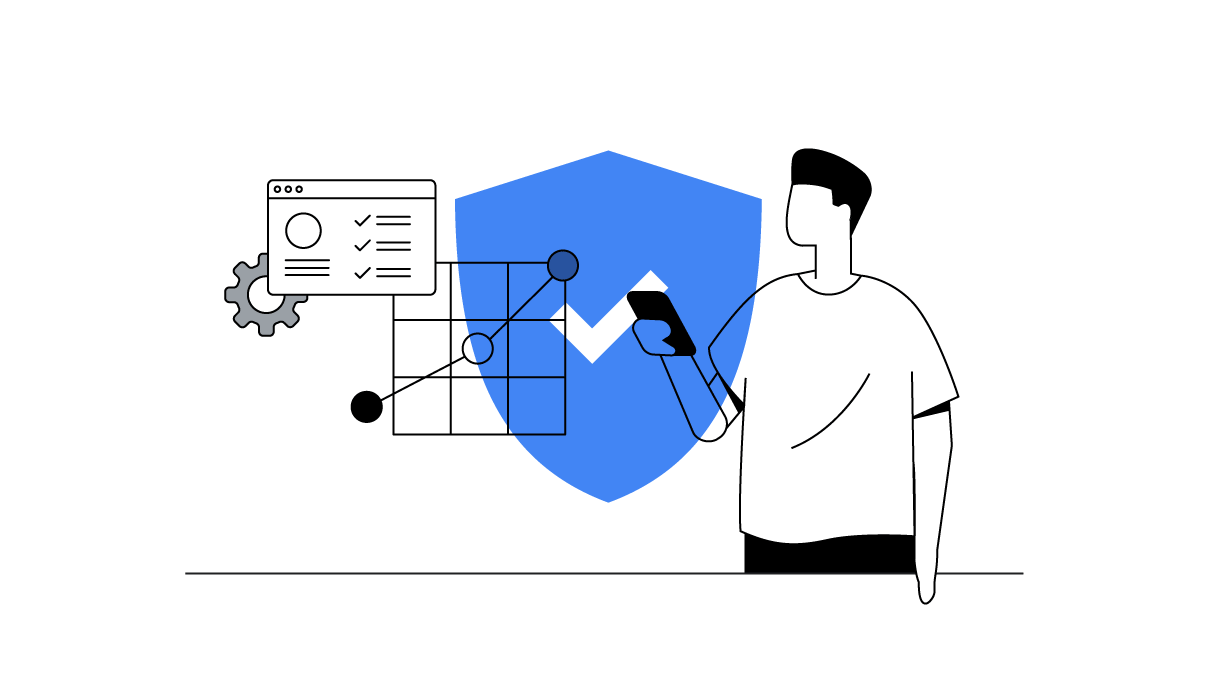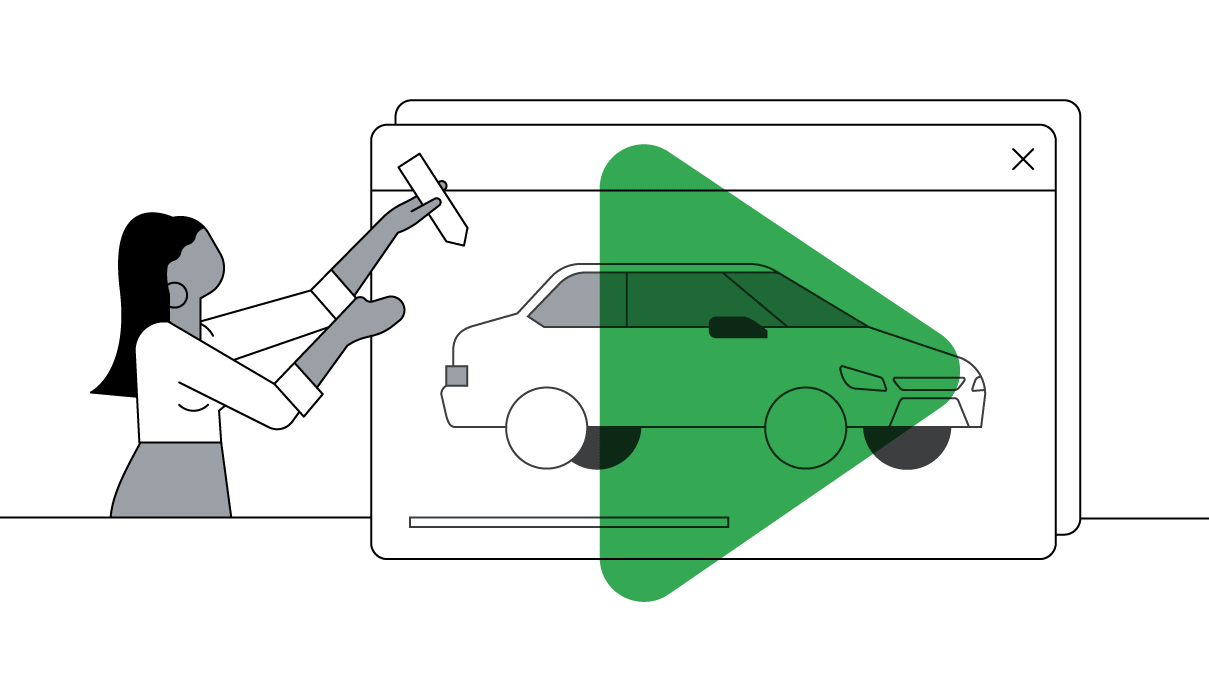While driving her child to a swim lesson, a sharp looking Hyundai Sedan caught Glori's eye. Sitting by the pool, she used her smartphone to visit the Hyundai website and explore features, warranties, and fuel economy as she got to know her next new car.
For car buyers, inspiration can strike at any time. From chatting with friends to browsing the web to spotting a good looking car out on the road, you never know when consumers will get the urge to start shopping. The Hyundai Accent wasn't on Glori's radar when she left for her child's swimming lesson, but by the time she got to the pool, she just had to know more about the car she spotted on her drive. This initial sighting inspired her to visit the company website and look up information on the vehicle's features such as miles per gallon, radio quality, and finance options. From her smartphone, she was able to answer all the questions she had, which helped her move one step closer from the consideration phase of is-it-right-for me to a where-should-I-buy-it moment—all within the time it took her daughter to have a swimming lesson.
The lesson for brands? The car buying process can be a long consideration journey, so make sure your mobile site is optimized to meet consumer needs and deliver when shoppers find themselves with a few spare moments. Brands that provide useful content in those moments will be in the consumer's ultimate consideration set when it comes time to make the purchase, just like Hyundai did with Glori.
One consumer's auto search included over 900 digital interactions during a three-month period leading up to her decision.
Source: Google partnered with Luth Research to analyze the cross-device clickstream data of one individual named Stacy over a period of three months in 2015.






